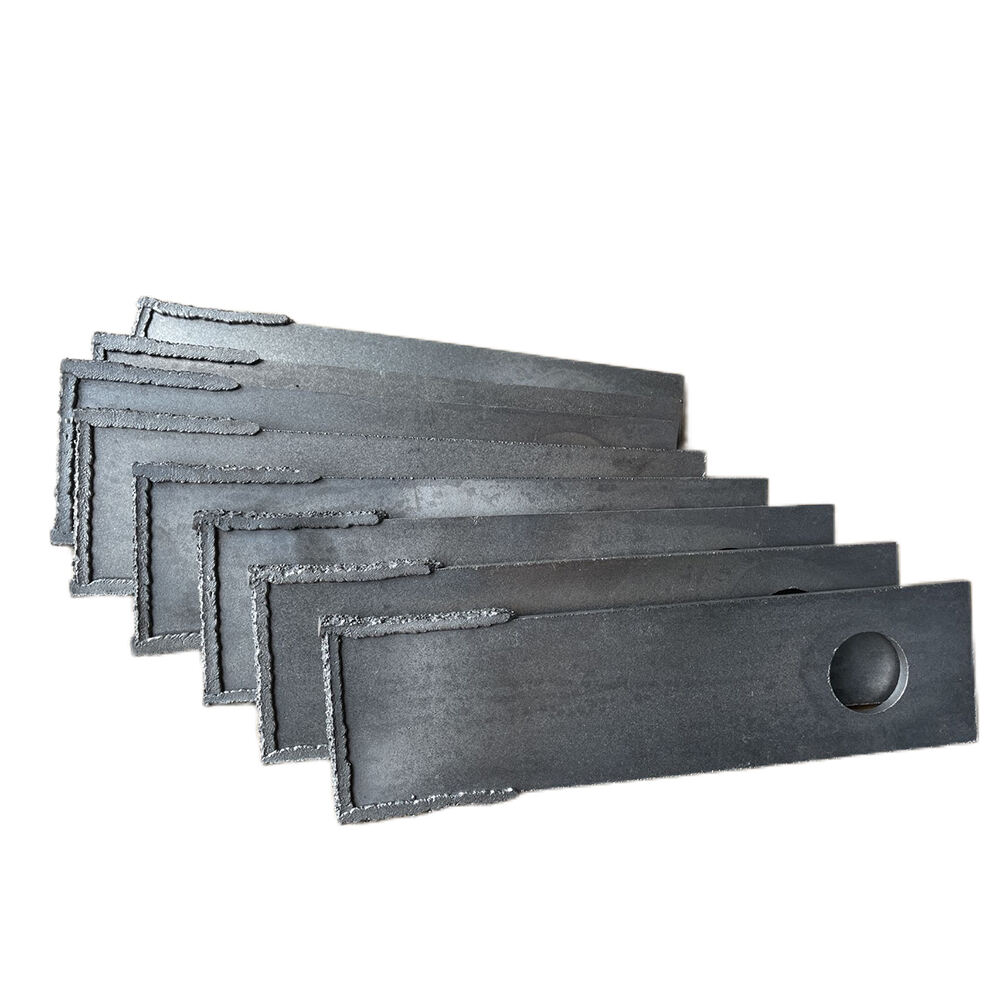Essential Tools for Every Toolbox: Affordable Quality Hammers
The right hammer can make or break your DIY projects, quite literally. While premium hammers often come with hefty price tags, savvy homeowners and professionals alike are discovering that quality doesn't always require breaking the bank. Today's manufacturing techniques have revolutionized how hammers are produced, allowing for excellent durability and performance at accessible price points.
Understanding what makes hammers effective and knowing which features truly matter can help you make an informed decision without overspending. The key lies in recognizing that expensive doesn't always mean better, and budget-friendly options can often match their pricier counterparts in both functionality and longevity.
Understanding Hammer Construction and Materials
Steel Quality and Manufacturing Process
The backbone of any reliable hammer is its steel composition. Budget-conscious hammers often utilize drop-forged steel, a process that aligns the metal's grain structure for enhanced durability. While premium hammers might use slightly higher grades of steel, many affordable options employ perfectly adequate materials that withstand regular use.
Modern manufacturing processes have significantly narrowed the quality gap between budget and premium hammers. Heat treatment and tempering techniques ensure that even economical hammers maintain their structural integrity and resist wear over time. The key difference often lies more in the finishing touches than the core functionality.
Handle Materials and Design
Handle construction plays a crucial role in hammer performance and comfort. Fiberglass handles have become increasingly common in budget hammers, offering excellent durability and shock absorption at a fraction of the cost of traditional wooden handles. Some affordable hammers feature composite handles that combine multiple materials for optimal performance.
Ergonomic design elements, once exclusive to premium tools, are now standard features in many budget-friendly hammers. Contoured grips and textured surfaces provide secure handling without the premium price tag. The evolution of synthetic materials has made it possible to create comfortable, durable handles that rival their high-end counterparts.

Essential Features for Different Applications
General Purpose Hammers
For everyday household tasks, a well-designed claw hammer offers versatility without excessive costs. Look for hammers with a balanced head weight, typically between 16 and 20 ounces, which provides enough force for common tasks while remaining manageable. The claw should be properly curved and sharpened to effectively remove nails.
Many budget-friendly hammers now include magnetic nail starters, a feature previously found only in premium models. This simple addition greatly improves usability and precision, especially when working in tight spaces or at heights. Anti-vibration features, while perhaps not as refined as premium versions, still offer adequate shock absorption for most users.
Specialized Task Hammers
Even specialized hammers like ball pein or brick hammers are available in budget-friendly versions without sacrificing essential functionality. The key is identifying which features are truly necessary for your specific needs. For instance, a masonry hammer doesn't need premium handle materials if it's primarily used for breaking concrete.
Many manufacturers now offer task-specific hammers with focused features rather than attempting to include every possible bell and whistle. This targeted approach allows for better quality in essential areas while maintaining affordable price points. The result is tools that excel at their intended purpose without unnecessary costly additions.
Maintenance and Longevity Considerations
Proper Care Techniques
Budget hammers can match the lifespan of premium tools when properly maintained. Regular cleaning, especially after use in dusty or wet conditions, prevents rust and maintains the tool's integrity. A light coating of oil on metal surfaces provides additional protection against corrosion.
Storage conditions significantly impact a hammer's longevity. Keeping tools in a dry environment and avoiding extreme temperature fluctuations helps preserve both the head and handle. Many affordable hammers come with basic care instructions that, when followed, ensure optimal performance throughout the tool's life.
Signs of Wear and Replacement Timing
Understanding when to replace hammers ensures safety and effectiveness. Watch for signs like loose heads, cracked handles, or excessive mushrooming of the striking face. While budget hammers might show wear slightly earlier than premium options, their lower cost often makes replacement more economical than investing in expensive alternatives.
Regular inspection of your hammers can prevent potential safety issues and maintain work quality. Most budget-friendly hammers will provide clear indicators when replacement is necessary, such as visible damage to the handle or head. This transparency helps users make timely replacement decisions without compromising safety.
Frequently Asked Questions
How long do budget-friendly hammers typically last?
With proper care and regular maintenance, quality budget hammers can last several years of regular use. The lifespan primarily depends on usage frequency, application type, and storage conditions rather than initial cost.
What features should I prioritize when choosing an affordable hammer?
Focus on fundamental aspects like head weight, handle material durability, and overall balance. Ensure the hammer type matches your primary usage needs, and don't be swayed by unnecessary premium features that don't affect core functionality.
Can budget hammers handle professional-level work?
Many budget-friendly hammers are perfectly capable of handling professional work, especially those from reputable manufacturers. The key is selecting tools that meet specific job requirements rather than assuming higher price equals better performance.